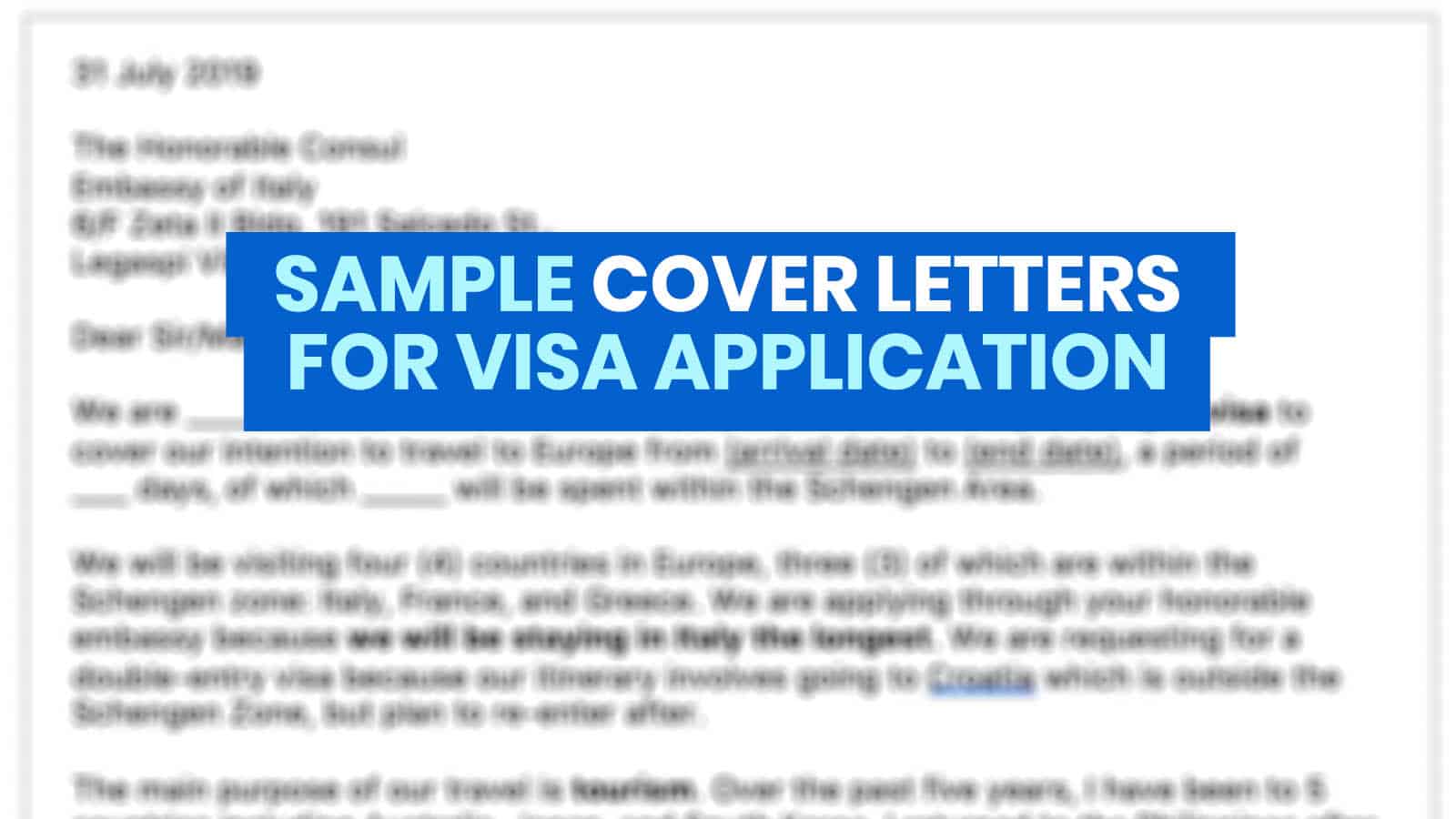


Employment certificate, financial documents, and income tax return (ITR) are the staples of most visa applications. But there is one document that is usually overlooked — the cover letter.
A cover letter isn’t always a requirement when applying for a visa. However, it’s something that we often recommend to add to your pile of documents, especially if there is no interview and you have some explaining to do.
You see, sometimes, things don’t always fit the mold perfectly. There are cases wherein you can’t provide the exact document needed, but you have a very good alternative. Or maybe you just can’t provide something at all, but you have a perfectly valid reason. Or perhaps you’re traveling with a group or for a special purpose. These instances could probably benefit from a well-crafted explanation to give the visa officer a clearer picture of your situation.
When I apply for a visa, I usually submit a cover letter regardless of whether or not it’s one of the requirements. I always want to give a summary of my application and clarify some aspects that may be prone to misinterpretation.
WHAT'S COVERED IN THIS GUIDE?
For me, a good cover letter must be able to provide the following:
Looks like a lot, huh? But here’s the thing: According to a couple of friends who used to work as visa officers at strict embassies, they usually had very little time to assess each application. Hence, if you’re going to make a cover letter, go straight to the point. One page should be enough. The key is being concise — finding the balance between giving enough information and keeping it short and sweet.
Here are some samples. I intentionally used complicated situations to give you an idea how I usually explain them. If they don’t apply to you, feel free to modify these to match your case. Please use this only as a model for your own cover letter. Please do not copy-paste the whole thing without adjustments.